July 18, 2023 - Melanea Alvarez, Executive Director
April 29, 2023 - Timothy Tew
March 13, 2023 - Timothy Tew
January 17, 2023 - Timothy Tew
December 30, 2022 - Timothy Tew
December 13, 2022 - Timothy Tew
November 16, 2022 - Timothy Tew
Isabelle Melchior and I go back to 1987 when I discovered her art in a show featuring France’s most promising young artists. Shortly after that, I opened Galerie Timothy Tew, and sales of her paintings, drawings, pastels, and bronze sculptures became the foundation of my fledgling business and sustained me through those early years. In fact, without her and her art, there would be no TEW Galleries today.
I recently visited her in Paris. Upon arriving, I checked into my hotel and caught a bus from Saint-German-des-Prés to Montparnasse, giving me time to get reacquainted with the French, as I listened to what people around me were saying. Once I reached my stop, I walked a short distance past the Tour Montparnasse—the only skyscraper in the city—punched in the door code, strolled through the porte-cochère of her building, and knocked on her vivid red door.
The arrangement of Isabelle’s apartment has not changed over the years. She greeted me in the small, dark room that serves as a foyer and library, then guided me into an expansive room with a large clerestory ceiling above the back half. Below the clerestory is her art studio, the other part the kitchen and bedroom, plus room to store paintings and sculptures.
Having visited Isabelle on many occasions, we have established some habits. She offers me a glass of wine or a cup of coffee, depending on the time of day or my jet lag, then we catch up on family, my gallery, France and politics. After this, we get down to business and start looking at her art. Artists are generally quiet about new developments, thus there are often surprises. Experience has taught me to quietly observe before I comment on what I discover. The contemplation period is especially important, because my eyes and mind need to adjust to the ways in which the art has evolved since my last visit.
Isabelle’s new ceramic sculptures were the immediate topic of discussion. Without boasting, she has succeeded in the creation of something new and exciting. She had talked about wanting to make more of them when I saw the first ceramics in 2019, but I was unprepared for the degree of evolution I discovered, as they have taken on the commanding presence of her bronze sculptures with the additional appeal of colorful glazes reflecting her unique sense of color. As a result, these ceramic works seem more contemporary than anything she has ever created.
It is interesting that Isabelle is primarily known for her paintings and pastels, as she actually majored in sculpture and drawing at the Ecole des Beaux-Arts in Paris. She was rewarded for her talent and work when she was won the Prix de Rome—one France’s most important artistic prizes—for her sculpture and drawing in 1980. This gave her the opportunity to live and create in a studio in the historic Villa Medicis in Rome, Italy for two years. She also won the prestigious Pierre David-Weill Drawing Prize during this period.
To be a sculptor like Isabelle, you must know how to draw, and her training was intense and disciplined. She told me that one of her professors would stand at the back of the studio and listen as she and her fellow classmates worked, because he said he could tell how good the drawings would be by the noises they made. This is French tradition at its finest.
Isabelle and I also went through the many paintings stacked four and five deep that were leaning against the walls. Some were finished, others still in progress, but all expressed her ongoing creative evolution. It is not easy to be an artist who has had a great deal of success over a long period because the demands only become greater. This is the position in which she finds herself.
There are times when I do not like what an artist has done and I must find a diplomatic way to share my opinion. This was certainly not the case with Isabelle, but her painting style is changing and caused me to realize my taste has also evolved because I appreciated them so much. We also looked at her recent landscape pastels. These are some of my favorite Melchior works and I am honored to have two in my own collection.
On this trip, I was fortunate to get to spend a great deal of time with Isabelle’s oldest child, her son, Gregoire. The three of us, plus my friend Robert, hung out in the studio, visited the Musée d’Orsay where we saw a wonderful Edvard Munch exhibition, and had lunch at one of my favorite restaurants, the simple but très français Le Petit Saint Benoit. Later we enjoyed dinner at another fine Saint-German-des-Prés restaurant, the Italian Il Vicolo. I also got to see Isabelle’s delightful mother whom I have known for a long time. As a young woman, she studied art and worked as a fabric designer. After raising four children, she made enamel paintings. Her husband died twenty years ago. She turns 100 in December and not only lives alone but also does her own shopping, cooking and cleaning. Quelle chance!
Another important part of my trip was visiting Marie-Cécile Aptel, another gifted artist and the former partner of Jean-Pierre Bourquin who died in 2020. I have known Marie-Cécile for almost as long as Isabelle and represented her before we went our separate directions. We have decided to work together again and I am excited. She was recently featured in a museum exhibition and without a doubt, she is creating the finest art works of her career. Her extraordinary paintings are large scale, so I am waiting for the right moment to ship a few to Atlanta. You can count on seeing them in the gallery in the near future. For the time being, we have several images on our website.
As we approach the end of the year, I want to thank the artists, clients and friends who have contributed to the gallery’s success. I also hope you will take time to come and see the new Isabelle Melchior ceramics. They reveal her artistic talents in a wonderful, new way, one that I feel sure collectors will find exciting.
Timothy Tew
November 4, 2022 - Timothy Tew
I recently went to London, my first trip there in over three years, to visit Haidee Becker, Stewart Helm, and Julia Fullerton-Batten, three gifted artists whom I am proud to be associated with. My longest relationship is with Haidee, a painter whose art has added beauty to my life and the lives of so many others. She also means a great deal to me personally. I stayed with Haidee in the third residence I have known her to live in since we met in 1990, allowing me to experience yet another uniquely British neighborhood.
Haidee is actually an American and was born in Los Angeles in 1950 to uncommonly creative parents (a father who was a writer and a New York art dealer and a mother whose pursuits included movie actress, puppeteer, and painter). Los Angeles did not last long, as Italy and the cast of creative characters living in Rome, helping it awaken from World War II, beckoned.
Rome provided the Beckers a rich existence, and Haidee grew up in an apartment in a historic palace where she met all types of artists, writers, actors, movie directors and aristocrats. She also attended the French lycée, setting her on a course to speak six languages: English, Italian, French, Spanish, Hebrew and German. From Rome, the Beckers moved to Vienna, then settled in London, where Haidee grew up in a rambling house in Chelsea with a large, old fashioned studio, the kind you see in movies. At that time and just a block away, King’s Road was home to the Swinging Sixties. It also attracted mavericks, free thinkers, and creative types.
Haidee had a unique art education. After attending art school one day, she knew that was not to be her path because it would not respond to her creative needs, so she set up studies with a series of gifted artists. For example, she went to the studio of Uli Nimptsch seven days a week for seven years to draw—or more precisely, to learn to draw. Later, working with Adrian Ryan, a gifted painter my gallery has shown, she learned the craft of painting—employing techniques used by the greats and which are rapidly being lost.
This unique training provided Haidee with an arsenal of skills to express things that most other artists cannot because they lack the craft. You need to be able to play the piano to be Chopin. You need to know how to paint to be a Becker.
When we consider the life she has lived—raised in privilege in wonderful, European cities, the mother of two creative children, daughter to one writer and lover to another, but also someone who has suffered many difficult moments, from the tragic death of her first husband when they were in a car crash on their honeymoon while both still in their twenties, to the more recent loss of her partner, the esteemed British author Clive Sinclair—Haidee has many things to say about the sanctity of life, empathy, and the need to see the beauty around us all the time.
Oddly enough, I discovered Haidee’s paintings while attending an art fair in Los Angeles in 1989. As they say, the rest is history; but it is necessary to add that her art not only helped define my taste then but still gives it direction. Though I already owned several of her paintings, while in the light-filled studio on the second floor of her new house in Stoke Newington (an area of London that attracts young professionals), I found myself drawn to yet another Haidee Becker painting—a peculiar one that I would not have loved before.
It is of two flying fish, strung up and dead, the color not just muted but downright somber.
At first, I was surprised by my attraction to the painting. Yet over the last year, my sense of color has grown and evolved, allowing me to appreciate this introspective, poignant painting of fish. It makes sense, owing to my love of seventeeth-century Dutch art and the paintings of the eighteenth-century French artist Jean-Baptiste-Siméon Chardin, artists who painted dead animals in somber tones because they did not have electrification, and because they knew just how damn beautiful dark colors can be, and how death is a hurtful affair that calls for reflection.
While in her studio, I also chose four small flower paintings which have just arrived at the gallery. They are gems and I want you to see them. Because of Haidee’s poetic nature and her love of the tradition of painting, these four are destined for collectors who share her passions. However, if you were able to place one of her paintings beside a seventeenth-century Dutch painting or one by Chardin, you would immediately realize how contemporary she is. The strokes are loose, the colors clear, almost as if we are looking through glass, and the mood vital and fresh. How wonderful and unique!
One last thing, if you plan on traveling to London, get reservations at her son Jacob’s Italian restaurant Bocca de Lupo in SoHo. It is always booked, so do this before you travel. And while having dinner, look at Haidee’s paintings. You will see that I am not alone in my appreciation of dead fish paintings, as one is also decorating the restaurant’s walls.
Timothy Tew
May 17, 2022
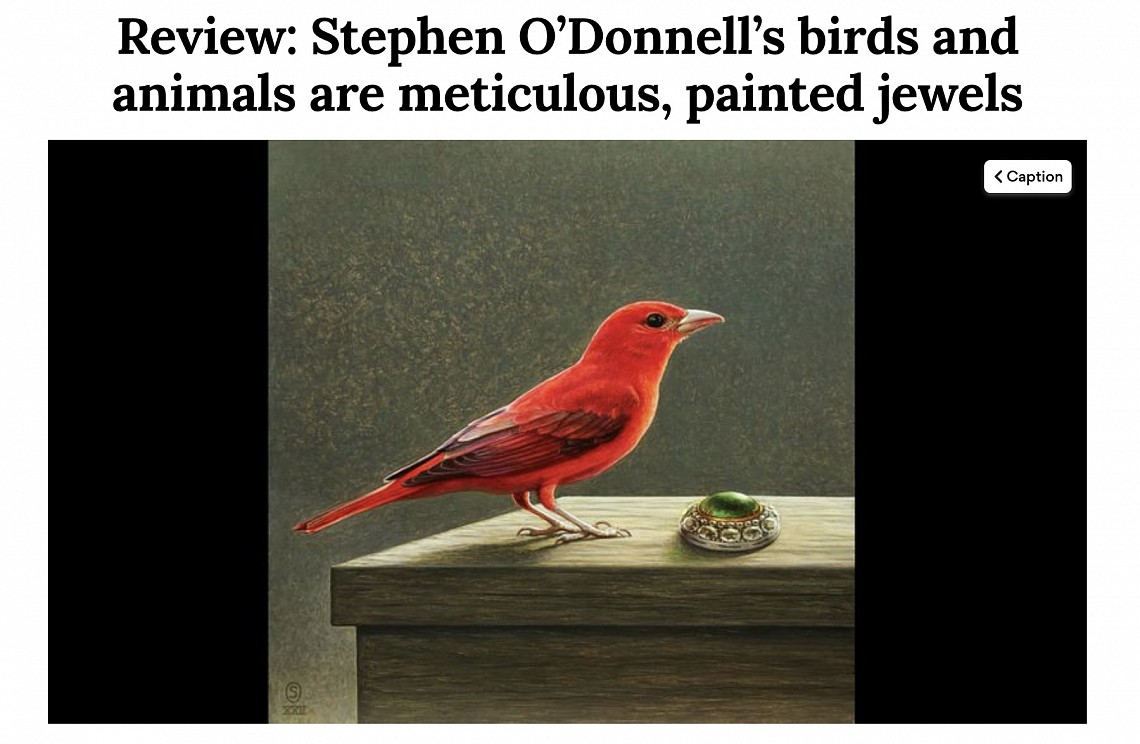
May 14, 2022 - Jerry Cullum
April 27, 2022
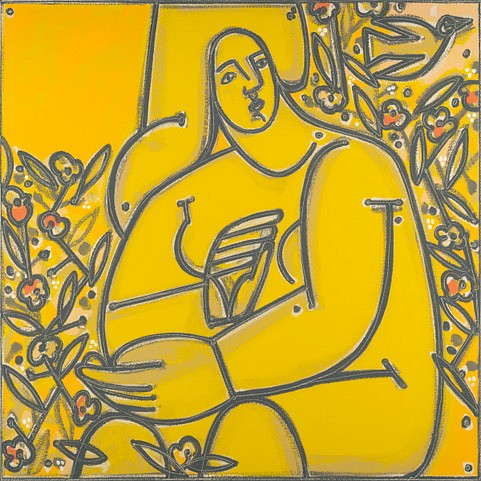
January 11, 2022
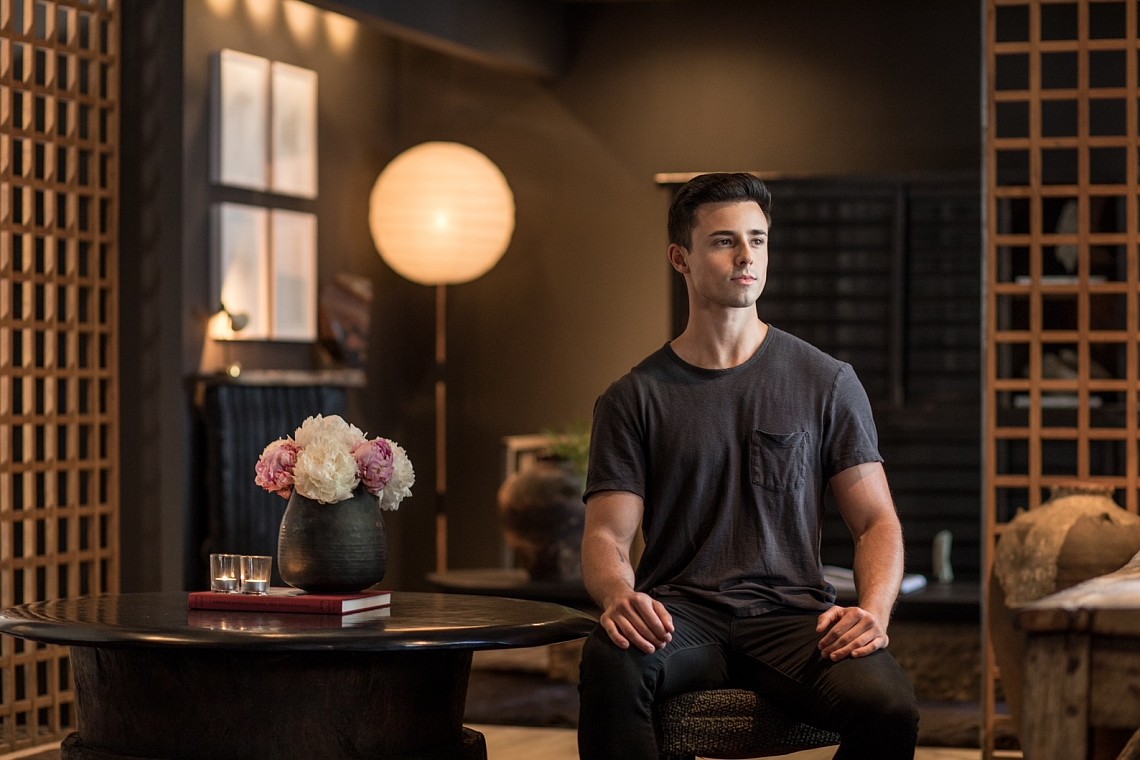
October 23, 2021 - James Randall Chumbley
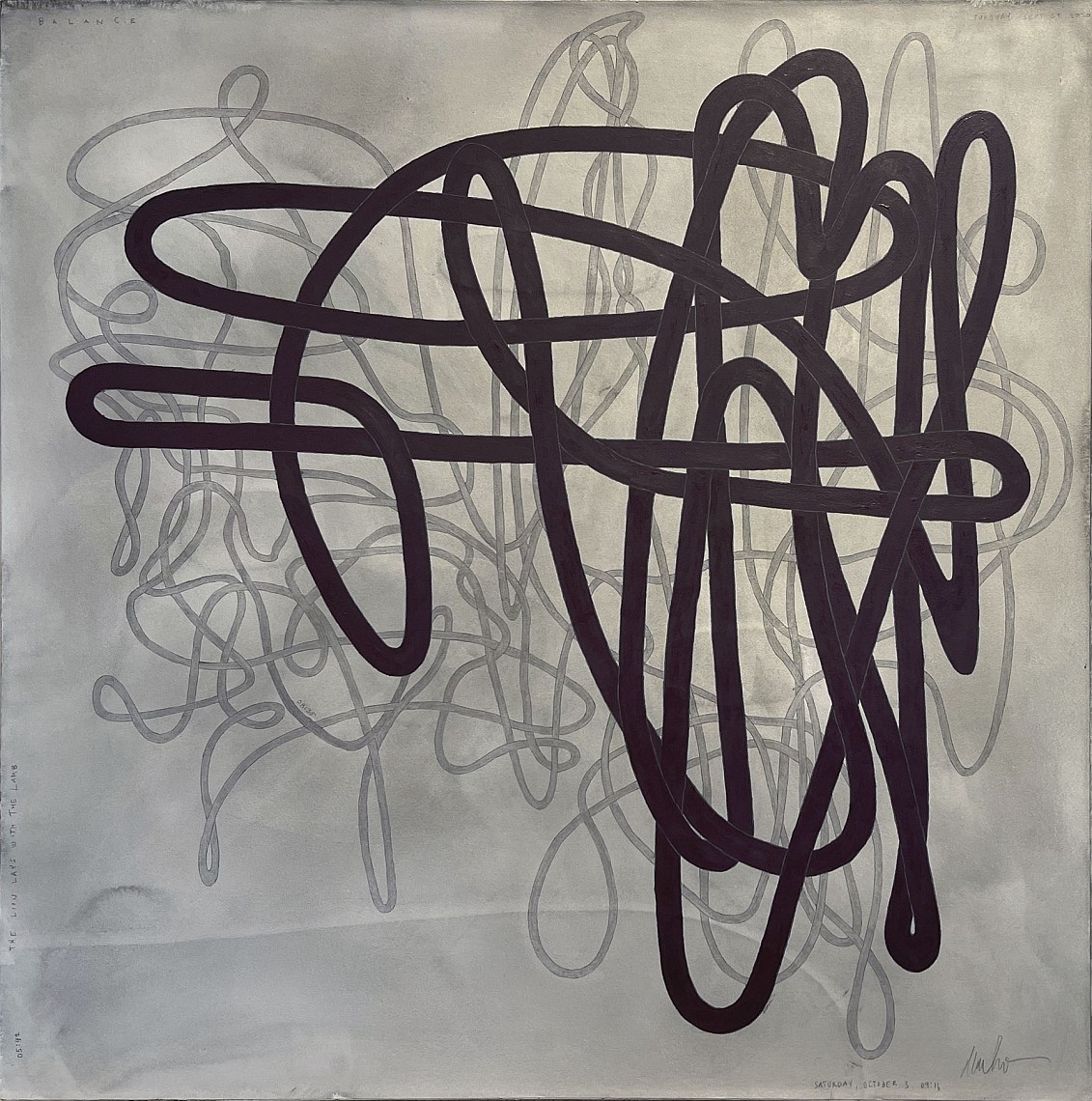
August 28, 2021
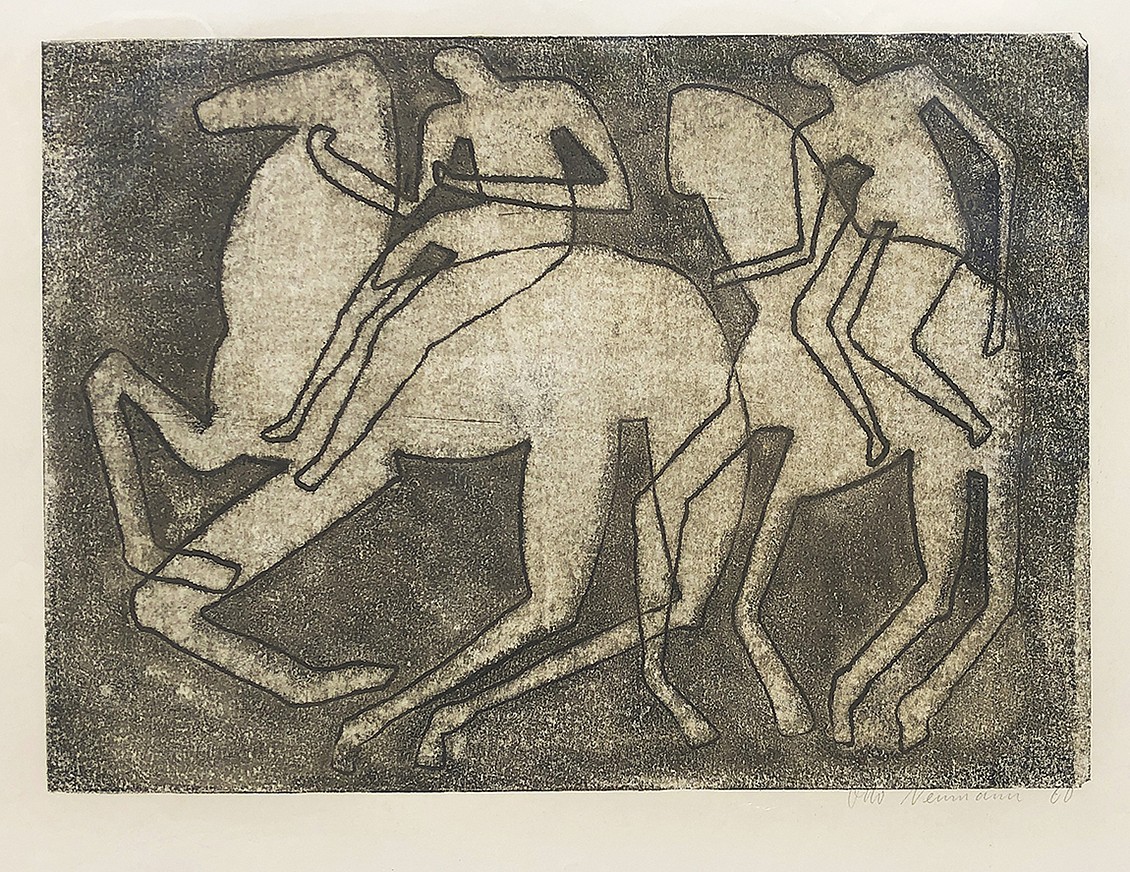
August 28, 2021
August 28, 2021
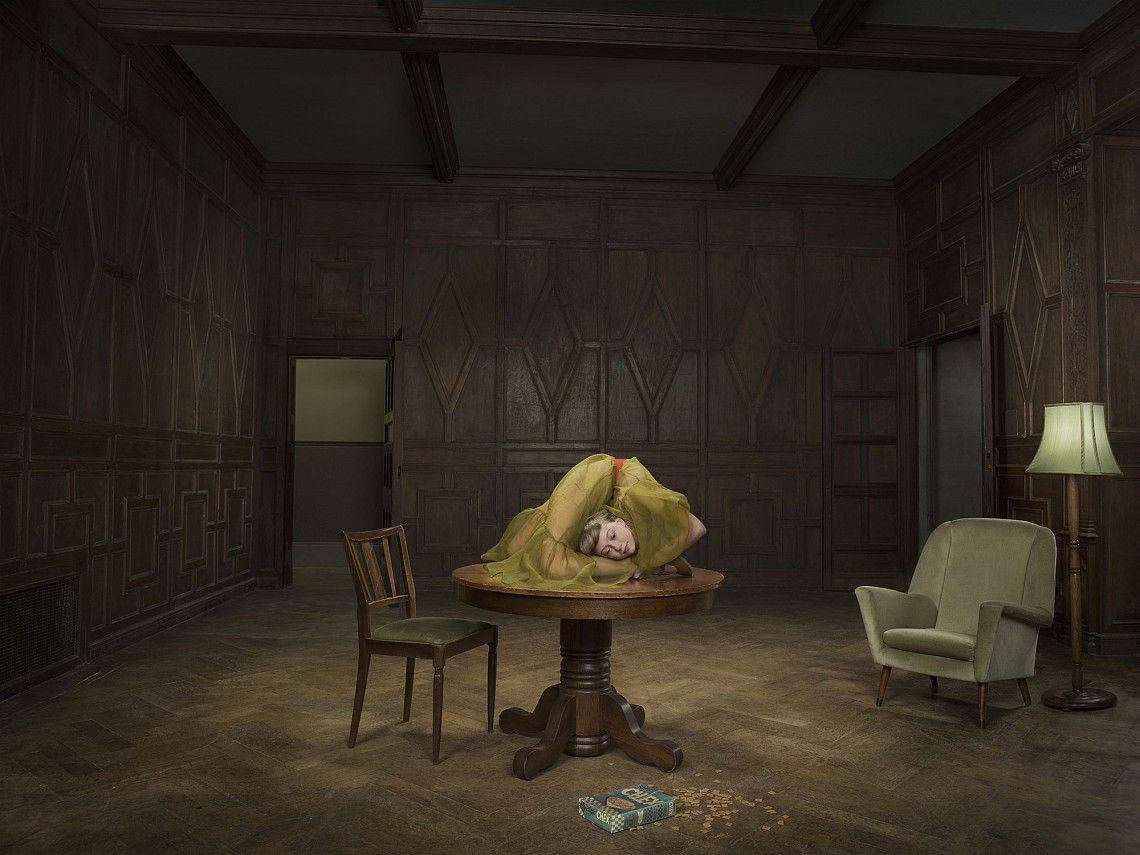
January 27, 2021 - Timothy Tew
Lurking behind every work of art is a story. Sometimes it’s as brief as a breath, unconscious to even the artist and of no importance to the viewer. At other times it’s epic, looms large and the viewer is supposed to “get it.” Epic stories are familiar to us through novels, movies and television, but they also exist in painting. A fine example is Jacques-Louis David’s ‘Coronation of Napoleon’ (1805-06); a majestic 20 by 30 feet painting extolling the Notre Dame ceremony that officially made Napoleon an Emperor.
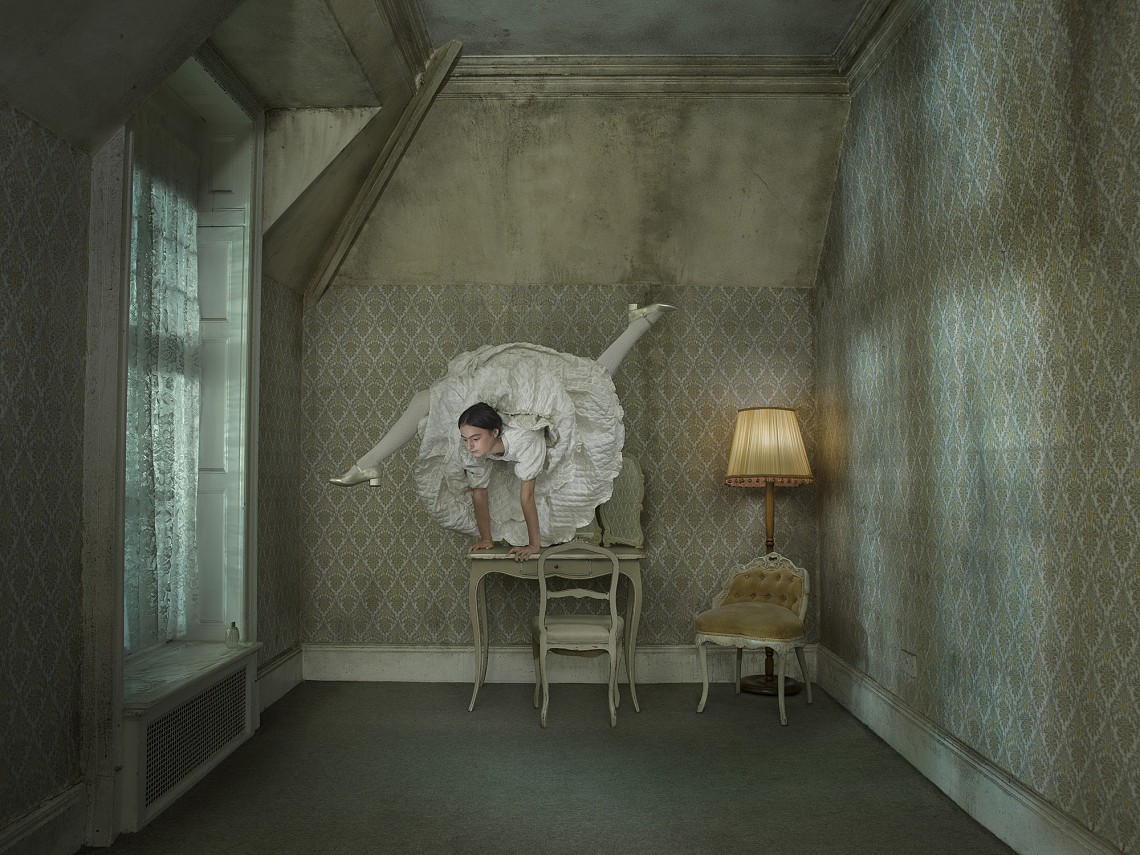
January 21, 2021 - Felicia Feaster
January 11, 2021
December 3, 2020